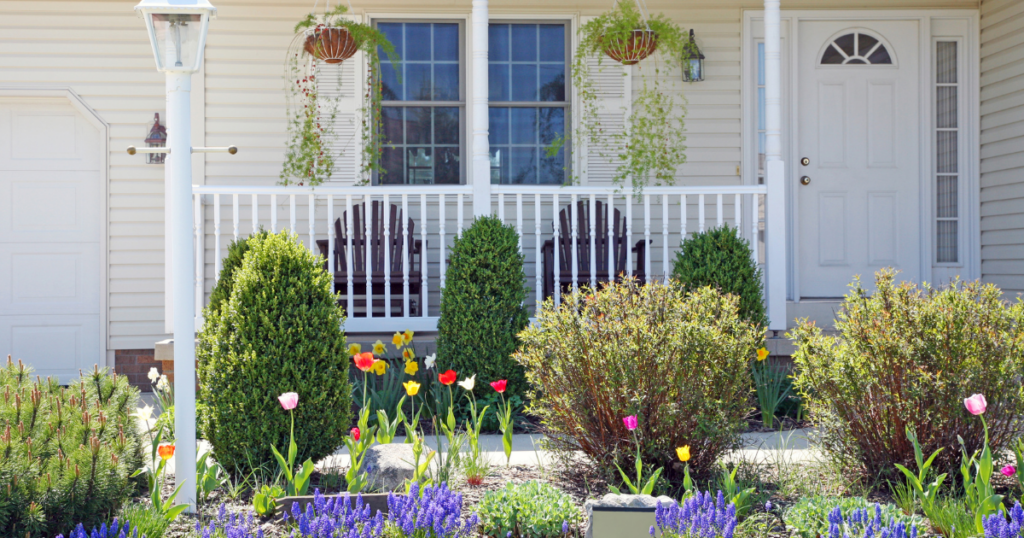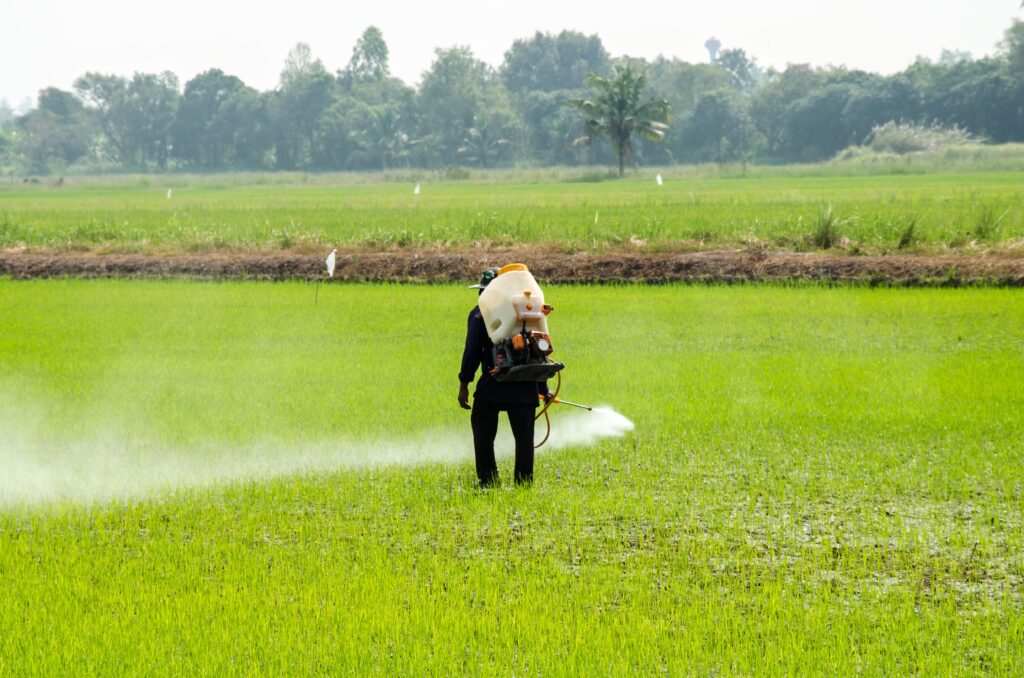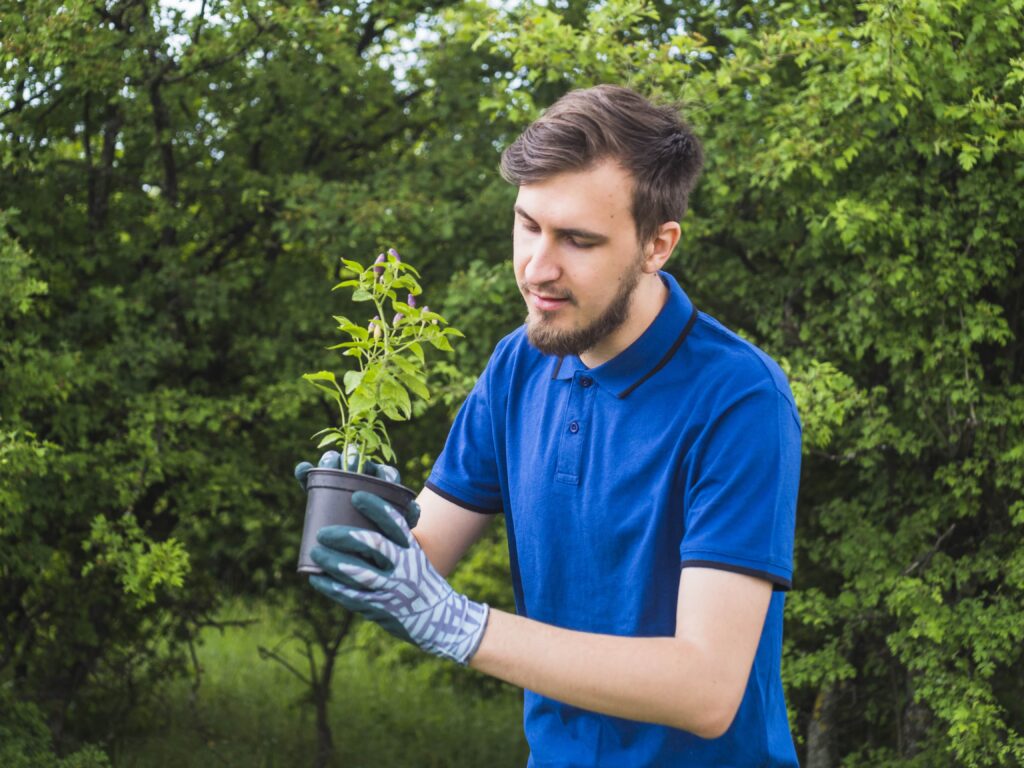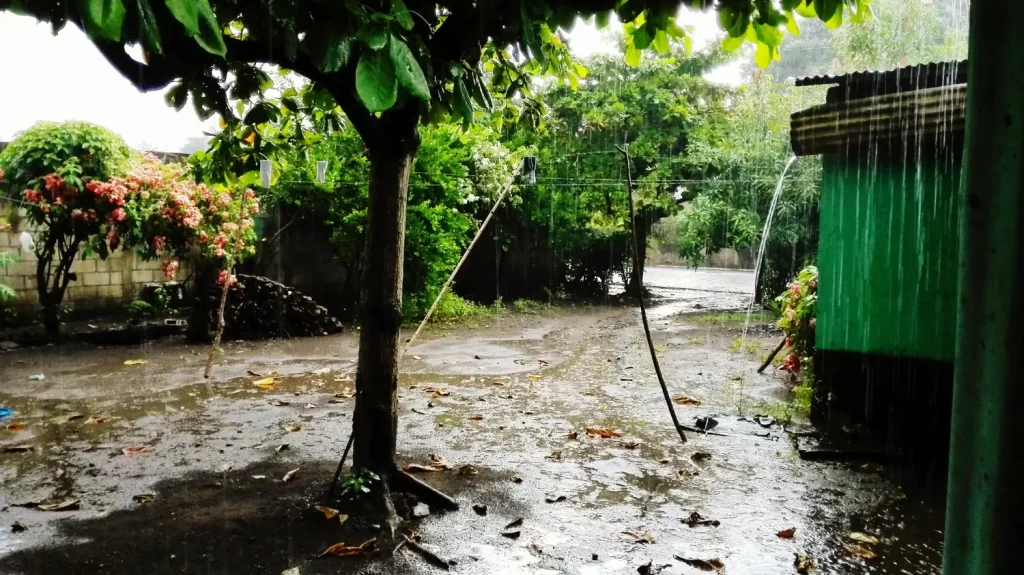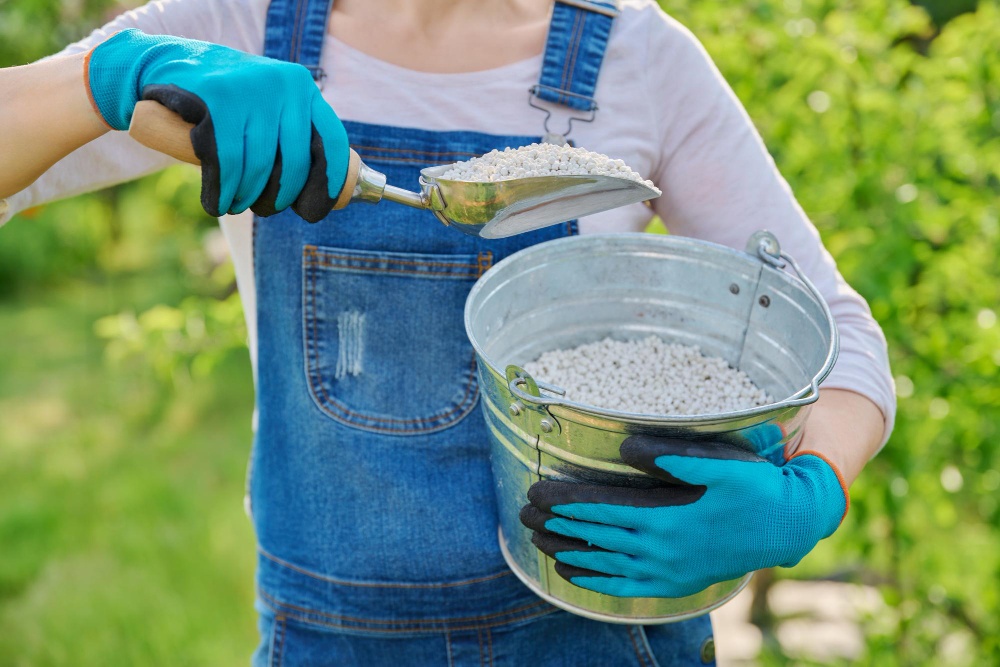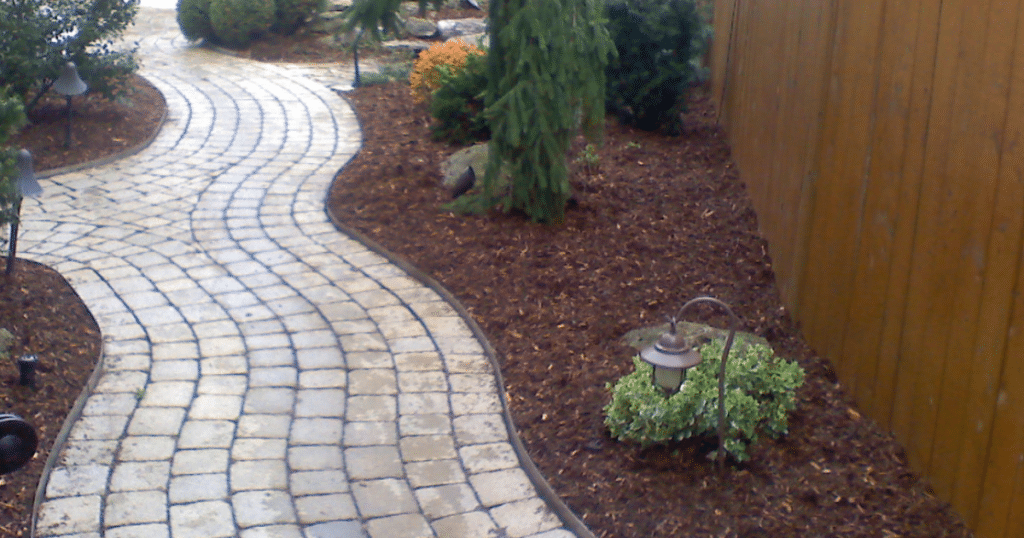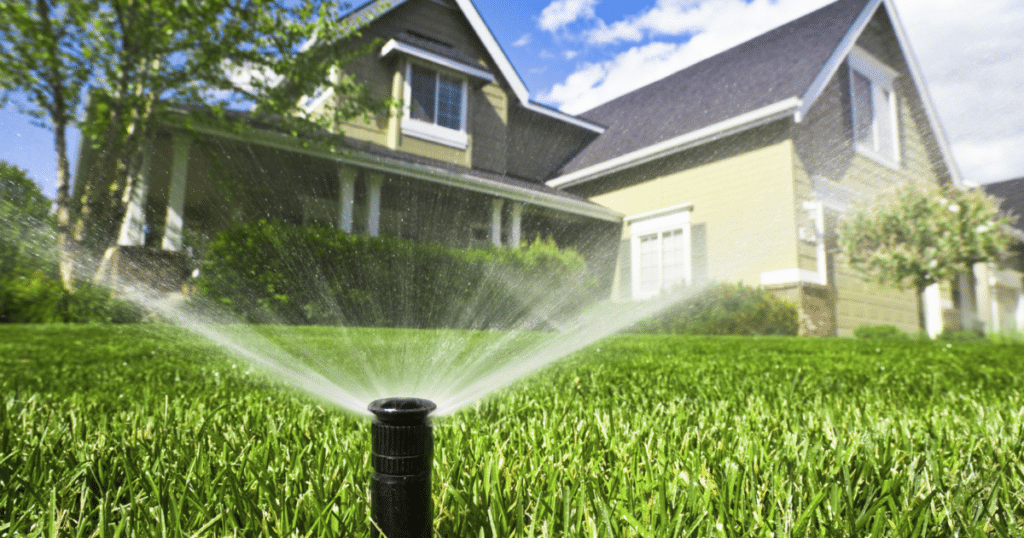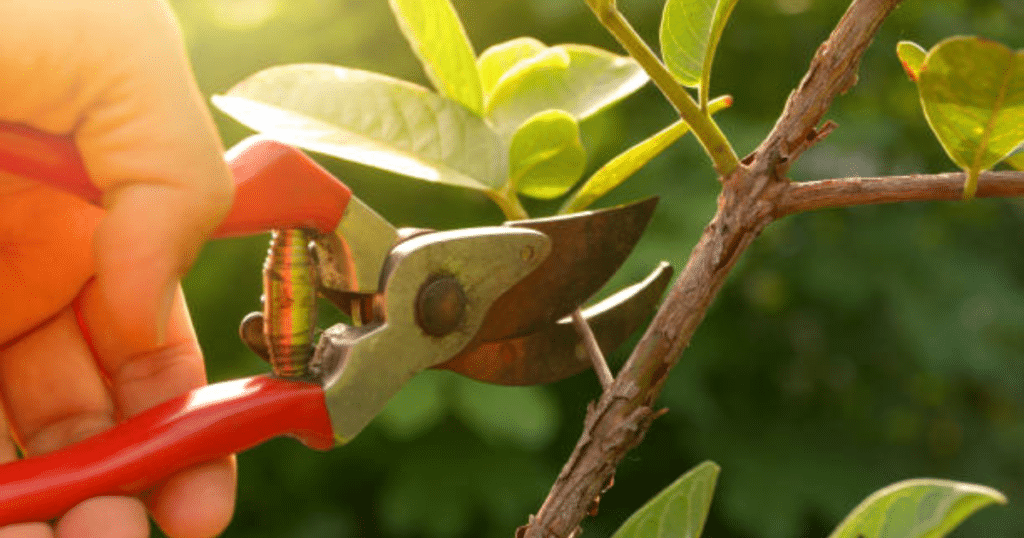Designing Your Garden Layout for Optimal Growth
Are you tired of making frequent trips to the grocery store for fresh veggies or concerned about the environmental impact of store-bought produce? Planting your own vegetable garden is a fulfilling and eco-friendly way to enjoy homegrown goodness. Whether you’re a seasoned gardener or a novice, follow these steps to cultivate your own bountiful garden.
1. Choose the Right Location
The first step in establishing a vegetable garden is selecting the perfect spot. Ensure it receives at least 6-8 hours of sunlight a day. Sunlight is essential for the growth of most vegetables. Additionally, pick a location with well-draining soil to prevent water logging.
2. Prepare the Soil
Prepare the soil by removing any weeds, rocks, or debris. You can enrich the soil with organic matter like compost, which adds nutrients and improves soil structure. Properly cultivated soil sets the foundation for a healthy garden.
3. Select Your Vegetables
Decide which vegetables you want to grow based on your climate, available space, and personal preferences. Beginners often find success with easy-to-grow options like tomatoes, lettuce, and peppers. Be sure to consider the planting season for your chosen vegetables.
4. Plant Your Garden Layout
Design a layout that optimizes space and sun exposure. Raised beds or container gardens are great options if you have limited space. Keep taller plants on the north side of the garden to avoid shading smaller ones.
5. Start from Seeds or Transplants
You can either start your vegetables from seeds or purchase transplants from a nursery. Starting from seeds allows you to choose from a wider variety, but it requires more patience. Transplants can get your garden off to a quicker start.
6. Plant and Space Accordingly
Follow the planting instructions for each vegetable. Pay attention to spacing recommendations to ensure proper air circulation and prevent overcrowding, which can lead to disease and stunted growth.
7. Watering and Mulching
Proper watering is crucial. Keep the soil consistency moist, but avoid overwatering, as it can lead to root rot. Mulch around your plants to retain moisture, suppress weeds, and regulate soil temperature.
8. Fertilize Responsibly
Use organic or slow-release fertilizers to provide essential nutrients to your plants. Over-fertilizing can harm your vegetables, so follow the recommended dosage on the product label.
9. Pest Control
Keep an eye out for pests like aphids, caterpillars, and snails. Use natural pest control methods like introducing beneficial insects or applying neem oil. Avoid harmful chemical pesticides whenever possible.
10. Regular Maintenance
Gardening is an ongoing process. Prune and stake your plants as they grow to encourage proper development. Remove any dead or diseased foliage promptly. Regular maintenance will keep your garden thriving.
11. Harvest at the Right Time
Patience is key when it comes to harvesting. Each vegetable has its own ideal harvest time. Be sure to pick your vegetables when they are ripe to enjoy the best flavour and nutritional value.
Finally, savour the satisfaction of enjoying your homegrown vegetables. Share your produce with family and friends, and consider preserving excess harvest through canning, freezing, or drying for future use.
Planting your own vegetable garden can be a rewarding and sustainable endeavour. It connects you with nature, reduces your carbon footprint, and provides you with fresh, delicious produce. So, roll up your sleeves, dig in the dirt, and let your green thumb flourish in your very own vegetable garden!

